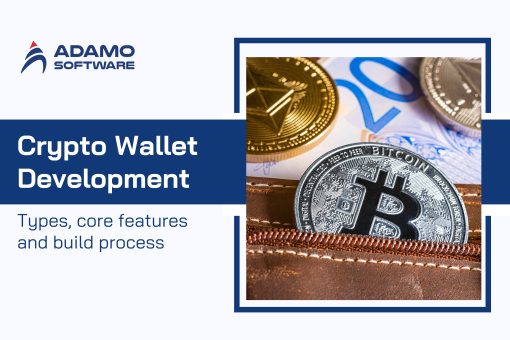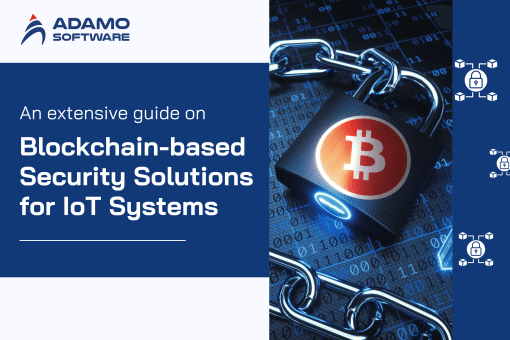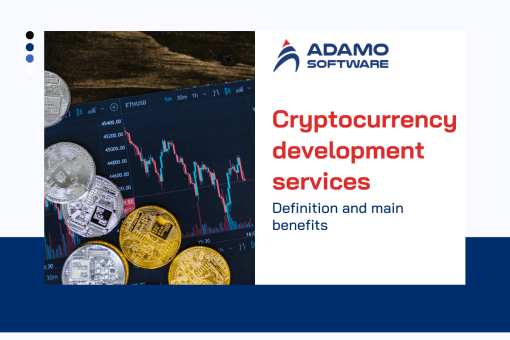Build decentralized app: Brief guideline for starters (Cost included)
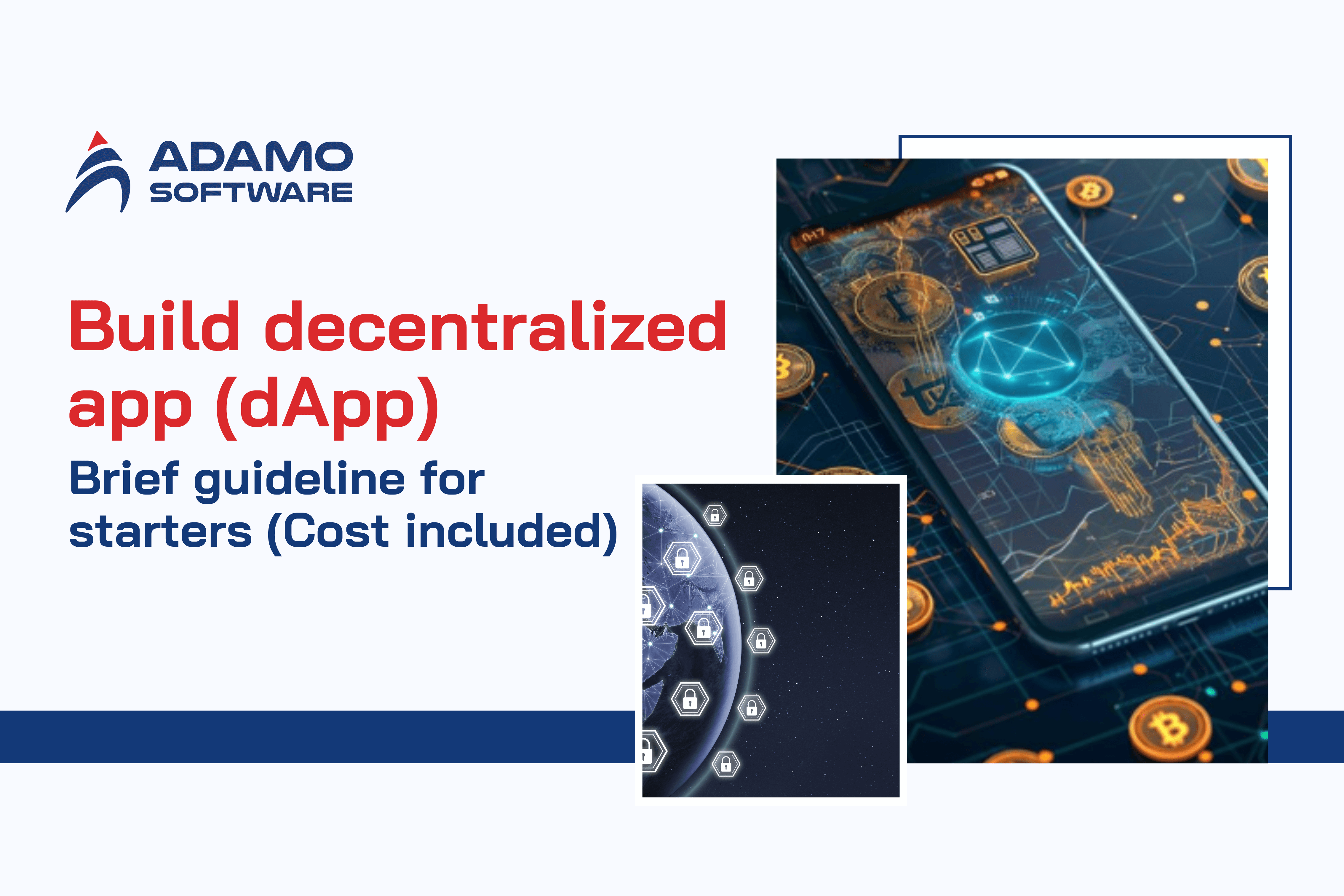
In the rapidly evolving Web3 era, decentralized applications are at the forefront of innovation. They bring new possibilities for trustless interactions, transparent governance, and decentralized finance.
For businesses or software developers looking to venture into decentralized applications, navigating the complexities of blockchain technology and decentralized protocols can seem daunting.
This comprehensive guide will provide a step-by-step roadmap to build decentralized app, from conceptualization to deployment, empowering developers to harness the power of decentralization and create impactful market outcomes.
I. Pros and cons when choosing to build decentralized app

– Pros of building a decentralized application
Businesses can take advantage of many benefits of building a dApps:
- Complete autonomy: The most significant benefit of decentralized dApp software is its open-source nature. This allows developers and users to interact with each other. This means that everyone can pay low transaction fees and improve the application.
- Excellent uptime: dApps can function flawlessly with minimal downtime thanks to intelligent contracts running 24/7.
- Incentive Mechanism: Users go to decentralized applications. dApps Incentive Mechanism: Users go to decentralized applications to earn tokens that they can redeem for fiat in the future.
- Unbreakable security and privacy: Anonymous users can make every transaction in a decentralized application, and there is no way to trace them. Because blockchain technology is almost impossible to hack, for example, decentralized software has no central point of failure.
– Cons of building a decentralized application
While there are many great benefits, there are also some downsides to developing decentralized applications:
- Development complexity: First and foremost, you need to understand blockchain technology, consensus mechanisms, and smart contracts before you start developing. These factors can lead to a steeper learning curve than traditional application development.
- Legal and regulatory uncertainty: The regulatory environment for decentralized applications and cryptocurrencies is still evolving. You may face legal and regulatory challenges related to financial transactions or other regulated activities.
- Maintenance: Developers typically maintain and update traditional applications every few weeks. However, this is often different with decentralized applications. In fact, regular maintenance is a significant issue for this software.
- Scalability: The progress of your decentralized application will depend on the network bandwidth. Real-time transactions may suddenly stop due to network congestion.
- Complex User Interface (UI): Your developers may not include user interface or user experience experts. Therefore, people unfamiliar with a decentralized application’s interface may have difficulty building it, affecting its acceptance and user engagement.
Also read: Decentralized apps: Definition, uses, and differences with normal apps
II. How to build decentralized app in 9 steps
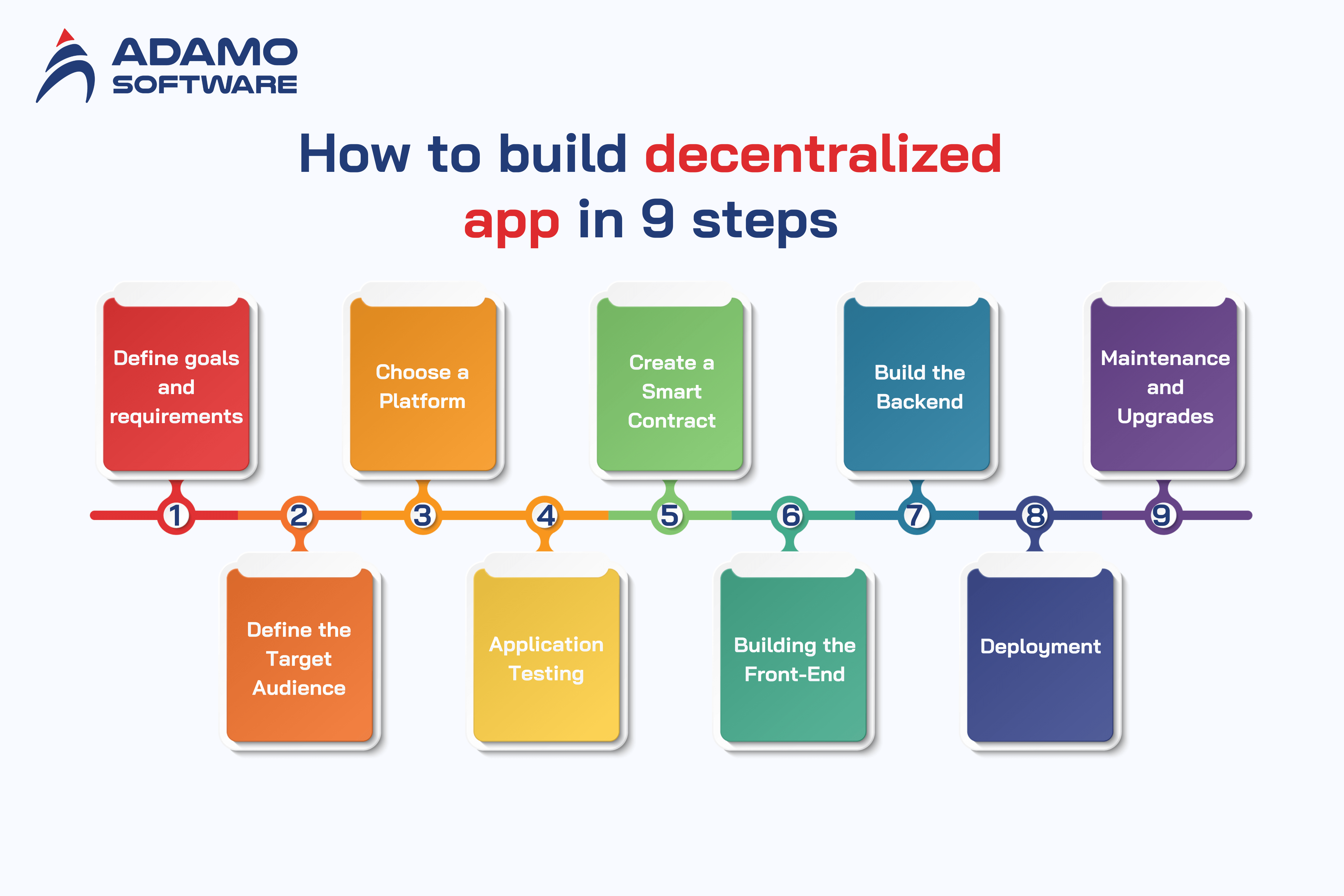
1. Define Goals and Requirements
The first step is to define the purpose of the decentralized application. Identify the key problems and challenges to be solved. List the functions, requirements, and laws the decentralized application must comply with. Taking this first step will define the scope and purpose of the decentralized application, which will serve as criteria and guidance for future decisions.
2. Define the Target Audience
The next step is to clarify and define the goals the decentralized application intends to achieve. Determine how users will access the decentralized application; these considerations will shape many features and functions. Understanding and considering the target audience is necessary to ensure the decentralized application is suitable for users, meets expectations, and performs well in the market.
3. Choose a Platform
There are many blockchain platforms. Choosing a platform that meets your requirements, meets your goals, and serves your target audience is important. Some popular blockchain platforms include:
- Ethereum – Ethereum is the most popular and widely used platform. It serves many purposes and is suitable for many decentralized applications.
- Solana – Solana is ideal for DeFi and gaming applications that require high bandwidth, high capacity, and low latency.
- Avalanche – Avalanche is a secure and scalable platform suitable for many decentralized applications requiring low latency and exceptional throughput.
4. Application Testing
Testing should begin as early as possible in the decentralized application development lifecycle. Implement a thorough quality assurance (QA) process to test the user interface, governance interface, and smart contracts as they are built and deployed. A TestNet is needed to test smart contracts. A TestNet is a blockchain component used to test without risking the actual or main chain. This step is important because it cannot be changed once a smart contract is deployed on the blockchain. Bugs must be identified before the smart contract is officially deployed.
5. Create a Smart Contract
Once you have chosen a platform, it is time to create a smart contract. A smart contract is a place for decentralized logic or code that describes a decentralized application’s actions automatically. The actions can be transactions, algorithmic calculations, or other functions. The code is compiled into bytecode and then deployed to the blockchain.
6. Building the Front-End
The front-end is the aspect of a decentralized application that the user experiences. The user interface for a decentralized application built on the blockchain is essentially like an application that connects to a central server, citing some essential characteristics such as:
- The code for a decentralized application is public. Therefore, the UI must be transparent and easy to understand.
- The UI must match the data on the blockchain because the data in a decentralized application cannot be changed once it exists on the blockchain.
- A decentralized application facilitates transactions. However, it is essential to note that transactions made on the blockchain may take time to happen. Therefore, remember that users will need visual indicators that indicate that a transaction is in progress until it is verified on the chain.
7. Build the Backend
When building the backend of a decentralized application, start by choosing a programming language such as Python, Go, or Node.js. In addition, write the necessary code and configure the backend to connect to the blockchain and interact with the smart contract. This process may include managing user authentication, integrating with external APIs, managing databases, or navigating other types of business logic.
8. Deployment
The penultimate step to build decentralized app is to deploy the decentralized application to the public. So, your application must be fully deployed after the backend and smart contract exist on the blockchain. The user interface must be deployed on a web server or decentralized storage system interface for users to access and interact with your application.
9. Maintenance and Upgrades
Maintenance and upgrades are a continuous process that must be performed. The smart contract will remain the same, and the user interface must be updated regularly. Remember to stay current on security concerns and best practices and upgrade the user interface to keep up with the evolution of the blockchain platform.
III. How to integrate smart contract with frontend and backend technology in dApps

Integrating smart contracts with front-end and backend technologies is a crucial step to build a decentralized app. It requires careful planning and coordination to ensure seamless functionality between the components.
Integrating smart contracts with frontend and backend technologies involves several steps as follows:
1. Define the Smart Contract Interface
This includes the functions that will be called by the front end and the parameters required for those functions.
2. Frontend Development
After defining the smart contract interface, the front end can be developed using web application development technologies such as HTML, CSS, and JavaScript. The front end must be designed to interact with the smart contract using a client-side library such as Web3.js.
3. Backend Development
The backend of a decentralized application is responsible for communicating with the blockchain network and smart contracts. You can achieve this by using server-side tools such as Node.js along with a blockchain client like Ethereum’s JSON-RPC.
4. Testing and Deployment
After developing the front and back end, you need to test them together to ensure they work as expected. Once testing is complete, your decentralized application can be deployed on the desired platform.
5. Maintenance and Updates
Once deployed, you must maintain and update your decentralized application regularly to ensure it remains secure and compatible with the latest technology. This includes uploading the application to the App Store and Google Play stores, migrating your backend portal to a live production environment, and adding smart contracts to the blockchain.
Maintenance is an ongoing process. The smart contract will remain a blockchain application immune to changes, but you will still need to update things on the front end.
IV. The overall cost to build dApps
Building a decentralized app can cost anywhere from $60,000 to $80,000. However, the cost of a building depends on its feature set, and the price of developing a complete solution will depend on how many user interfaces you need.
To build decentralized apps like dApps with more advanced features like staking and minting. And you need to budget at least $150,000 for an MVP.
V. How Adamo Software can help in building decentralized apps
At Adamo Software, we harness the latest technologies to create secure, scalable, high-performance decentralized applications (dApps). Our dedicated team has extensive experience in blockchain development, enabling us to deliver solutions tailored to your business needs. Whether you’re venturing into fintech, crypto, or any other industry, we ensure that your dApps impact your users.

We provide end-to-end dApp development services, from concept and design to deployment and maintenance, ensuring seamless integration and user-friendly experiences. Our blockchain expertise spans multiple platforms and technologies, allowing us to create customized, innovative solutions that drive your business forward.
If you’re ready to build a decentralized app or have any questions, feel free to get in touch.
FAQs
1. Should I build a dApp on Ethereum or some other chain?
You can build a decentralized on Ethereum. It is an excellent choice for simple transaction-based dApps. However, you can choose any blockchain that supports smart contracts and suits your use case.
2. What is the main difference between decentralized applications and other applications?
Decentralized applications connect to the blockchain behind the scenes, while regular applications work in parallel with centralized servers.
3. Can I use cross-platform mobile frameworks like React Native to create decentralized applications?
Of course, you can also use Flutter or any other similar tool and native programming language.
4. How do I simplify the integration process for my customers?
You can integrate with WalletConnect and similar services to allow customers to connect their crypto wallets easily.






